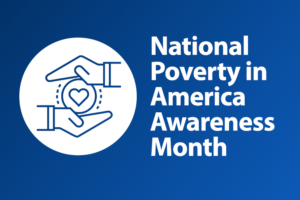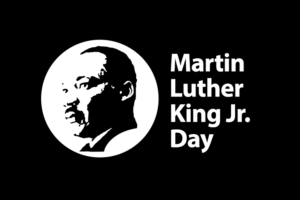Sarah Ford | June 6, 2012
New United Way funding model leaves some out of the mix

But it’s a move that could leave some agencies without the charity’s monetary support.
The local United Way has accepted proposals from nonprofit agencies on how to address specific community issues determined by the charity and will distribute contributions made by local residents according to those needs.
“This year we adopted three priority areas: School readiness, self-sufficiency and community health. And our direct services funding, grants and volunteer efforts will fall in those three areas,” said Cathy Train, United Way president. “We set up impact teams with our United Way board members and staff and volunteers and they met with agencies, looked at issues and adopted the priorities for service within those areas.”
Total funding amounts and which projects are going to be in place have not been determined, Train said.
In 1990, the charity, which is managed locally, changed its funding structure from granting money to select nonprofit agencies to granting money to specific programs after a review. That method remained in place until this year.
In the new procedure, community needs to be addressed are determined by United Way officials, and requests for proposals are then sent to agencies for offers on how to meet those goals. The proposal requests were sent in February and agencies were asked for formal proposals in March.
“Before, we would contract with an agency and provide them funding for the programs that we thought addressed a need,” Train said. “The difference is now we are saying that these are our priorities and asking the agencies to give us a proposal on how they would go about meeting those needs.”
Train said the United Way sought proposals from agencies on programs to address the particular issues. Some agencies submitted multiple proposals and many joined forces with like-minded agencies to make a proposal. Not all of the proposals will be funded, however.
“It makes it difficult to say who is and who isn’t going to receive funding,” Train said. “It’s no longer about a nonprofit organization’s mission and what programs are meeting those missions. It’s about providing programs that will address the issues we see as being the most important.”
Some agencies, such as the local chapter of the American Red Cross, which has received as much as $19,000 annually from the local United Way in the past, will see that money disappear.
Click here to read the rest of this story and see how charities are being impacted.
Get Resources and Insights Straight To Your Inbox
Explore More Articles
Open Position: Customer Service Coordinator (Remote-Part Time)
Position Title: Customer Service Coordinator (Remote – Part Time) Department: Charitable Funds Management Solutions We are a non-profit charitable organization looking for skilled individuals who…
Read ArticleGet Resources and Insights Straight To Your Inbox
Receive our monthly/bi-monthly newsletter filled with information about causes, nonprofit impact, and topics important for corporate social responsibility and employee engagement professionals, including disaster response, workplace giving, matching gifts, employee assistance funds, volunteering, scholarship award program management, grantmaking, and other philanthropic initiatives.




